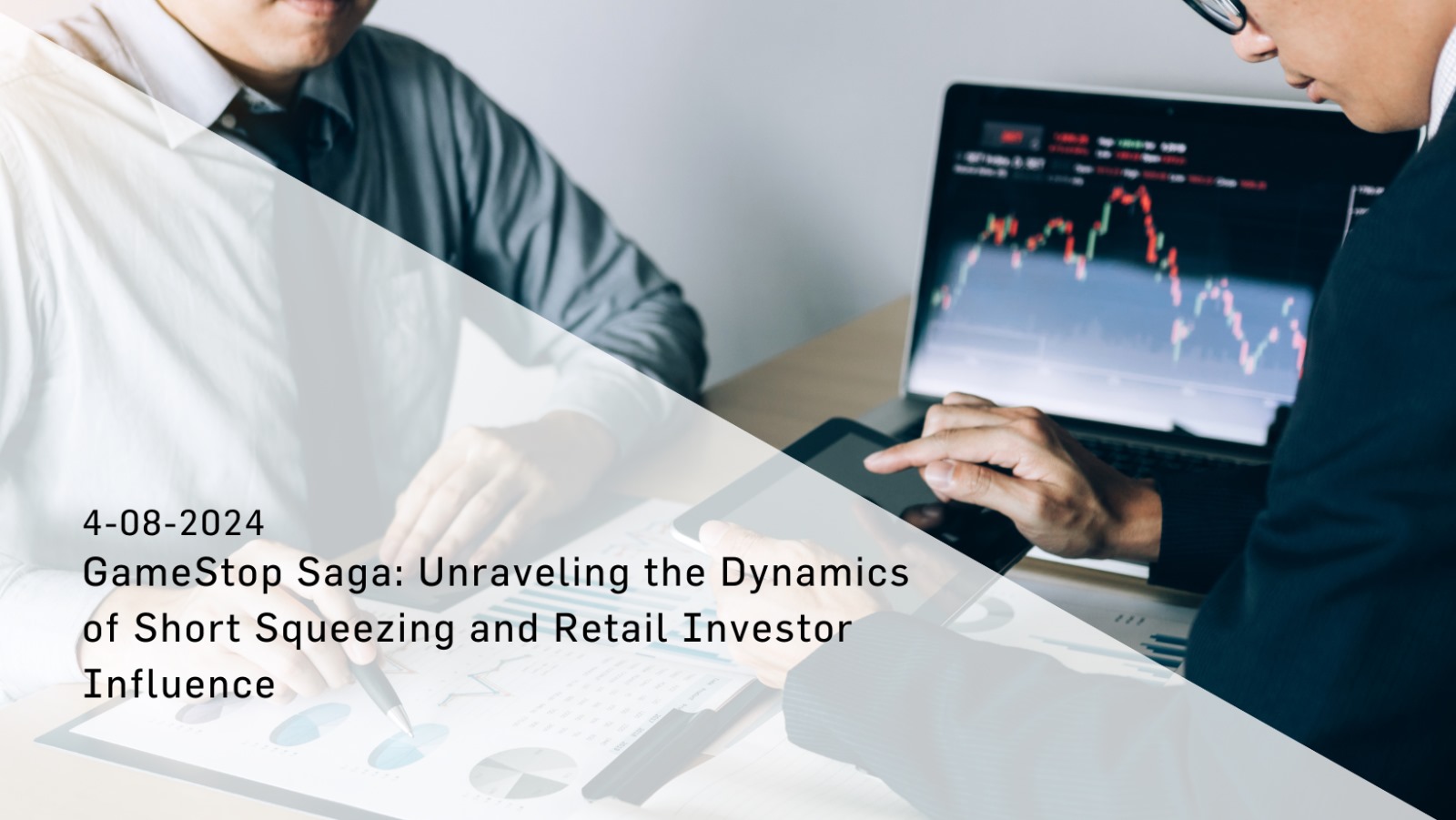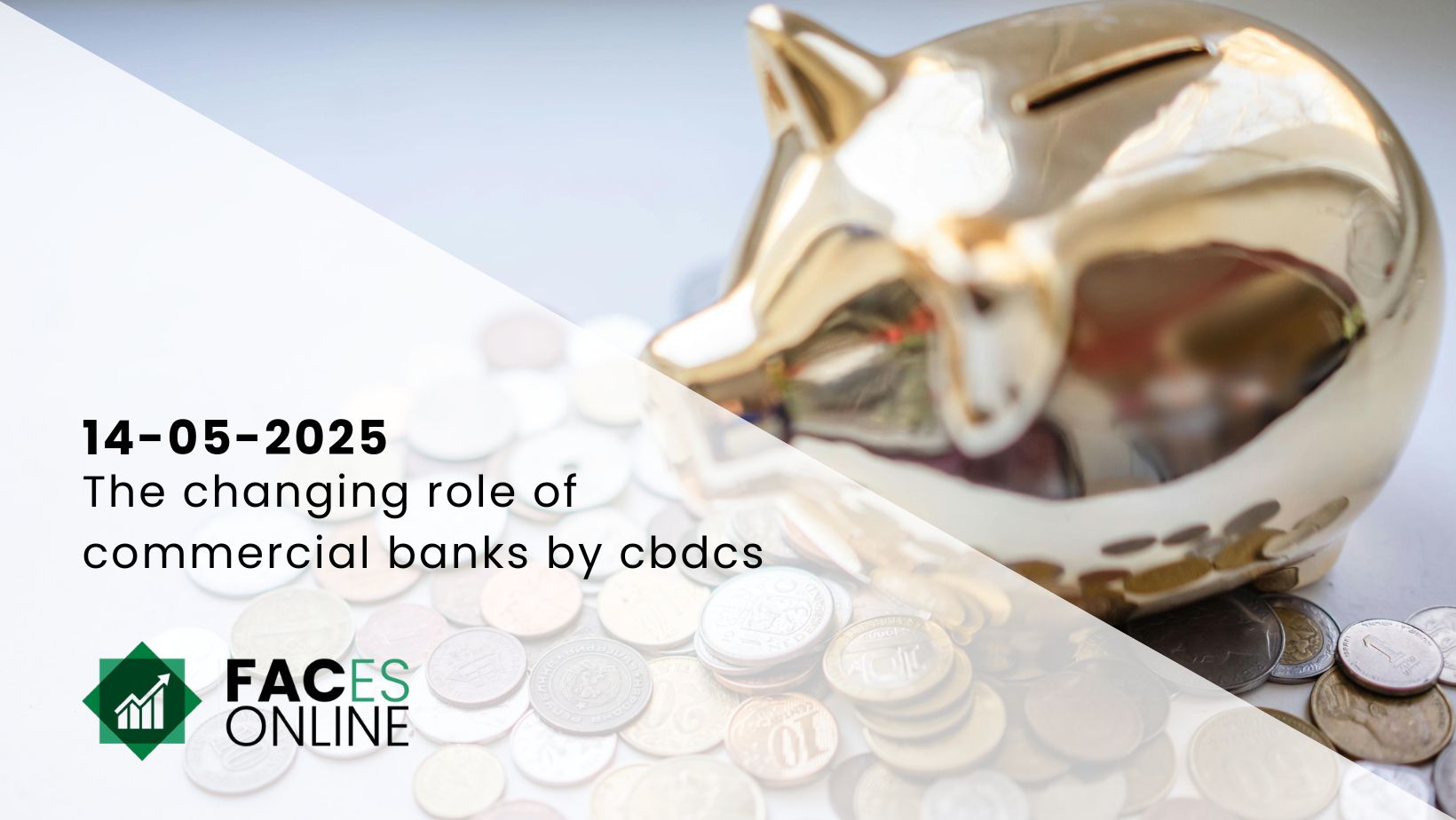In early 2021, the financial world witnessed an extraordinary event that not only captured the attention of global audiences but also sparked widespread discussions about the dynamics of stock trading and the evolving influence of retail investors. The meteoric rise in the stock price of GameStop, a video game retailer facing business decline, unfolded through a market phenomenon known as a “short squeeze.” This article delves into the mechanics of short squeezing, examines the GameStop phenomenon, discusses the broader implications for the financial markets, and compares it to another similar event.
Understanding Short Squeezing
Short squeezing represents a complex but intriguing aspect of the stock market that stems from the practice of short selling. To fully understand short squeezing, it’s essential to delve into the nuances of how short selling works and how it can lead to dramatic shifts in stock prices. This detailed explanation not only demystifies one of the market’s most dramatic phenomena but also equips investors with knowledge of the risks and dynamics involved.
The Mechanics of Short Selling
Short selling is an investment strategy employed by traders who believe that a stock’s price is going to decrease. Initially, the investor borrows shares of the stock from a broker, committing to return these shares at a later date. Once these shares are borrowed, the investor sells them at the current market price, under the assumption that the stock will soon decline in value. The goal is to repurchase the shares later at a lower price. If the investor’s prediction is correct and the stock price drops, they can buy back the shares at this reduced price, return them to the lender (the broker), and keep the difference in price as profit, minus any fees or interest paid to the broker for the loan of the shares.
The Risks of Short Selling
The strategy of short selling carries substantial risks, especially if the stock’s price moves contrary to the trader’s expectations. If the stock price begins to rise after the shares have been sold, the potential losses can escalate quickly. Short sellers might be forced to repurchase shares at a higher price to cover their positions and prevent further losses. This scenario can occur due to various factors such as positive news about the company or changes in market sentiment that drive the stock’s price up unexpectedly.
The Dynamics of a Short Squeeze
A short squeeze happens when the rising price of a stock compels short sellers to buy back shares to cover their positions. This need to buy back shares can happen suddenly and en masse if a significant number of traders need to exit their short positions due to rising prices. The increased buying activity, in turn, drives the price up even further. During a short squeeze, the price of the stock can rise sharply in a very short time, as was notably seen in the GameStop case. The dynamics were intensified by a large number of retail investors and traders on platforms like Reddit who recognized that the stock was heavily shorted. They began buying up shares and options, which reduced the number of available shares and pushed prices up, forcing short sellers to buy back at progressively higher prices to cover their short positions.
The GameStop Phenomenon
GameStop, a well-known retail chain that once thrived by selling video games and related merchandise, faced significant challenges as the retail landscape evolved. With the advent of digital distribution and shifts in consumer preferences towards online shopping, GameStop’s business model became increasingly unsustainable. By 2020, these challenges had led to a steady decline in sales, casting doubts on the company’s future viability. Amidst these struggles, GameStop caught the attention of institutional investors, who saw the company’s declining fortunes as an opportunity for profit through short selling. Betting on the company’s continued decline, these investors began shorting the stock extensively. By the end of the year, GameStop was among the most shorted stocks in the market, with over 100% of its available shares being borrowed and sold by those betting against it. This overextension in short positions set the stage for a dramatic financial phenomenon. The situation took a surprising turn when users of the Reddit forum r/wallstreetbets started to take notice of GameStop’s heavily shorted status. Many in this online community, comprising mainly retail investors, recognized a unique opportunity to influence the stock’s price. Motivated by a mix of profit potential and a desire to challenge the dominance of institutional investors, they started buying GameStop shares in large quantities. This coordinated buying effort began to drive the stock’s price up rapidly. As the price of GameStop shares started to climb, the pressure on short sellers intensified. The rising prices represented not just unrealized losses but an escalating threat to their financial positions. Hedge funds and other institutional investors who had bet heavily against GameStop found themselves in a precarious situation. The higher the stock went, the more money they lost, creating a sense of urgency to limit losses. Compelled by the mounting financial pressure, these short sellers began to buy back shares to cover their positions. However, since so many shares had been shorted, the demand for GameStop stock sharply increased as these investors scrambled to repurchase them. This surge in buying further accelerated the increase in stock price, creating a feedback loop that drove the price even higher. This dynamic resulted in an explosive increase in GameStop’s stock value, which soared from about $17 per share at the start of January 2021 to nearly $350 per share by the end of the month. The rapid rise was unprecedented and highlighted a significant shift in market dynamics, where retail investors collectively could exert substantial influence over the stock market, challenging established financial institutions. The GameStop saga not only reshaped the fortunes of the company but also sparked a broader discussion about market practices, the power of collective retail investing, and the potential need for regulatory changes. It demonstrated how modern trading platforms and social media could mobilize large groups of individuals to take part in the stock market, potentially leveling the playing field between institutional investors and the general public. This phenomenon has since become a case study in market psychology, retail investor behavior, and the impact of digital communities on real-world financial markets. As the dust settles, the financial community continues to analyze and learn from the GameStop short squeeze, considering its implications for future trading strategies and market regulation.
Volkswagen’s 2008 Short Squeeze: A Comparative Example
A similar event occurred in 2008 with Volkswagen, making it one of the most famous short squeezes in history. Hedge funds and traders had heavily shorted Volkswagen, expecting its stock to drop due to the ongoing global financial crisis. However, Porsche unexpectedly disclosed a high stake in Volkswagen, which, combined with Volkswagen’s substantial government shareholdings, meant that fewer shares were available than short-sellers had anticipated. This triggered a rush among short sellers to cover their positions, driving Volkswagen’s stock price to unprecedented levels. At one point, Volkswagen briefly became the most valuable company in the world by market capitalization. This event, like GameStop’s, highlights the vulnerability of short sellers to market forces and the dramatic impact that a squeeze can have on stock prices.
Impact and Implications of the GameStop Phenomenon The GameStop event, along with historical incidents like the Volkswagen short squeeze, serves as a profound illustration of the evolving dynamics within financial markets, bringing to light significant shifts in how these markets operate and are influenced.
Retail Investor Power: The surge in GameStop’s stock price underscored the significant impact that coordinated actions by individual investors can have. This was not an isolated incident; rather, it echoed past events such as the Volkswagen squeeze, where the collective power of small investors challenged the long-standing dominance of institutional entities. In both cases, retail investors exploited vulnerabilities in the market that typically only institutional players could access or influence. This shift represents a democratization of market influence, where groups of individual investors, often collaborating through social media platforms, can collectively move markets in significant ways.
Market Volatility and Regulation: The extreme volatility witnessed during the GameStop short squeeze brought about intense scrutiny and sparked widespread debate concerning stock trading practices and the regulatory frameworks that govern financial markets. As prices swung wildly, the potential for rapid and substantial losses prompted calls for closer examination of trading practices, particularly short selling and the role of platforms that enable such high levels of trading accessibility to the average person. Regulators and policymakers have been forced to reconsider how modern trading behaviors, facilitated by technology and the internet, fit into existing legal and ethical frameworks, and whether new regulations are needed to prevent market manipulation and protect inexperienced investors.
Technological Influence: Furthermore, the GameStop episode highlighted the transformative role of technology in financial markets. Social media platforms and digital trading applications have changed not only how information is disseminated but also who has access to this information. Previously, market-moving data and sophisticated trading tools were the purview of professional traders and financial analysts. Now, these tools and data streams are accessible to anyone with an internet connection. This accessibility has shifted some of the power dynamics in financial trading, enabling retail investors to participate in market strategies that were once exclusive to professionals. The broader implications of these changes are profound. They include a reevaluation of market stability, the potential for increased regulatory measures, and a new understanding of the collective power that retail investors hold. As financial markets continue to integrate with digital and social media technologies, the traditional barriers that define market participation are being dismantled, leading to a more inclusive but also more unpredictable market environment. This new landscape requires both investors and regulators to adapt to the rapid changes brought about by technology and the mass mobilization of market participants through platforms that facilitate collective action on a large scale.
Conclusion
The GameStop short squeeze, paralleled by the Volkswagen squeeze of 2008, was not merely a temporary market anomaly; it marked pivotal moments that have instigated ongoing discussions about the structure of financial markets, the regulatory framework, and the empowerment of investors. The financial community continues to analyze and learn from these events to better understand and adapt to a rapidly evolving market landscape where traditional distinctions between institutional and retail investing are increasingly blurred. These case studies serve as essential lessons in market dynamics, highlighting the emerging role of technology and collective investor action in shaping market outcomes. They also stress the need for a balanced approach in market regulation, ensuring that the playing field remains fair and equitable for all market participants. Through such reflective learning, the financial markets can hope to accommodate new realities and safeguard against the potential downsides of such disruptions.

















